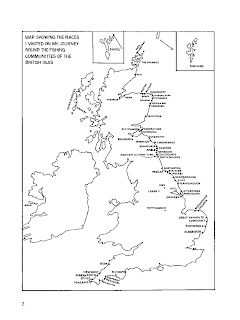A few weeks ago, I blogged about a cowl I had made out of leftover 50g balls of Patonlye. I don't know if it came through but I was incredibly pleased with myself. Not only had I used up all the balls that were each too small to make one pair of socks, I had a great, very wearable scarf that is soft and comfortable and warm. Winning! But then, I looked at the leftovers of leftovers (please imagine this stage as I did not take photos because I am a terrible blogger who still does not understand how blogs work) and the balls seemed just a little bit too big to throw away. I pulled out my trusty digital drug dealer scales, and yep...
[picture 10 teeny balls of wool on a digital scale with a display that says "55g"]
..almost enough for a pair of socks. Clearly I couldn't throw away enough wool to make an entire pair of socks! So I grabbed the 7g of Needfood merino sock yarn I had leftover from my Tennis Scarf and started knitting.
Et voila! A pair of socks.
I knitted these toe up, two at a time so I could use up all of the (damn) wool.
I ran into a slight problem when I got to the heel because I couldn't find my copy of Favorite Socks (I use the heel from Priscilla's dream socks)...
..so I just bought another. I know, consumerism, consumption, excess, etc., but still! I'm usually really good about this stuff. I save up my veggie scraps to make stock with, I use an environmental toothbrush (which, btw, I think everyone should use. Not only are they better for the environment than a regular toothbrush, they're cheap and the packaging has pictures of pandas all over it! Pandas are great) - I think on balance, I'm doing okay (I did not realise how guilty I felt about buying a second copy until I started writing this paragraph! The things you learn.)
There were a ton of ends to weave in but it was worth it to get my free, soft, comfy and waste-reducing socks.
As the title of the blog indicates, I've been finishing a lot of socks lately. There are many more sock FO Fridays to come!







